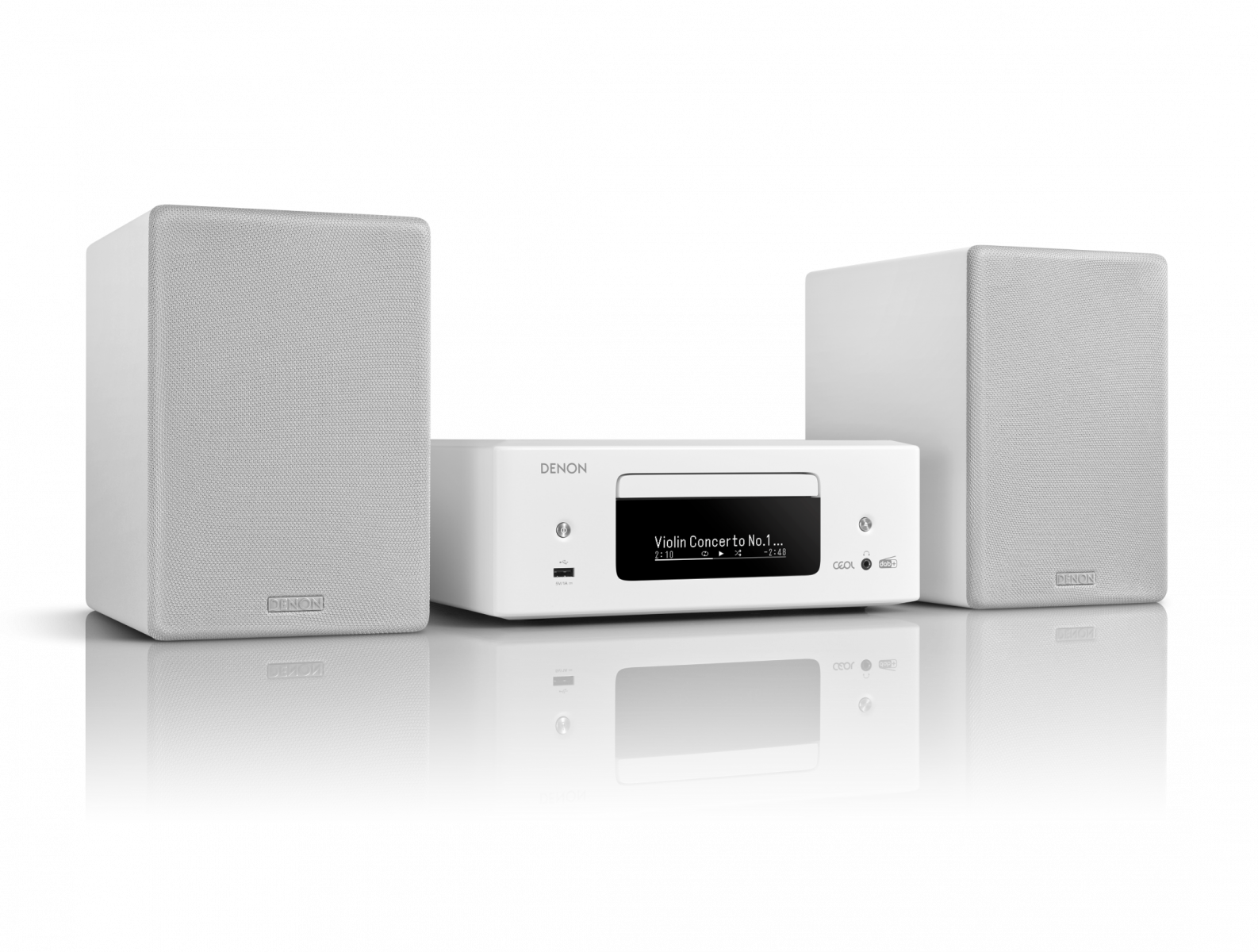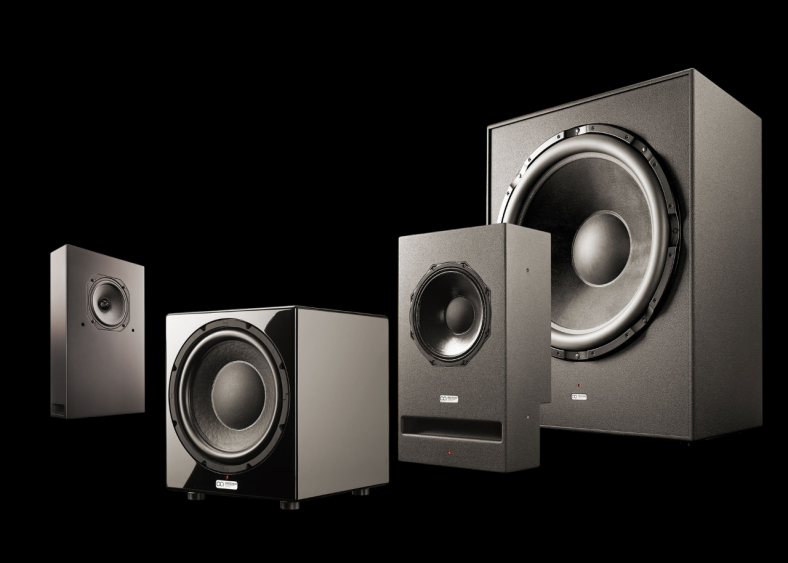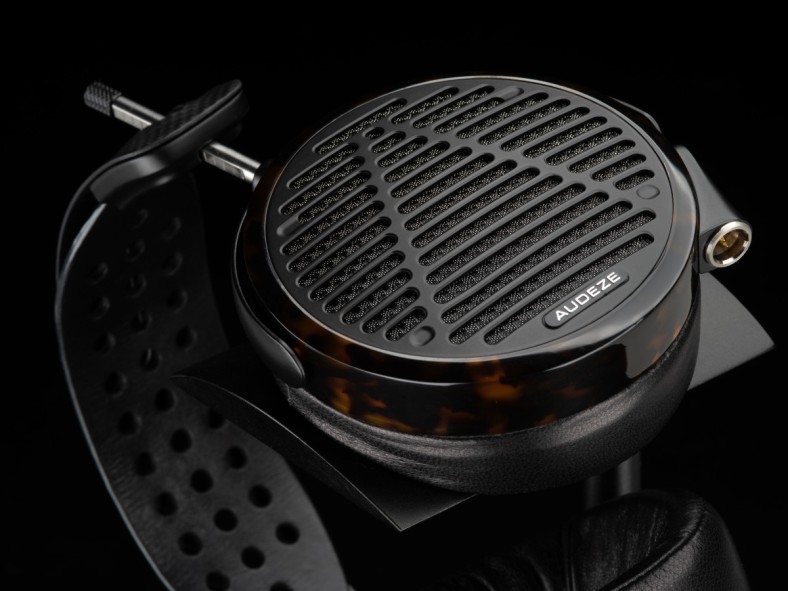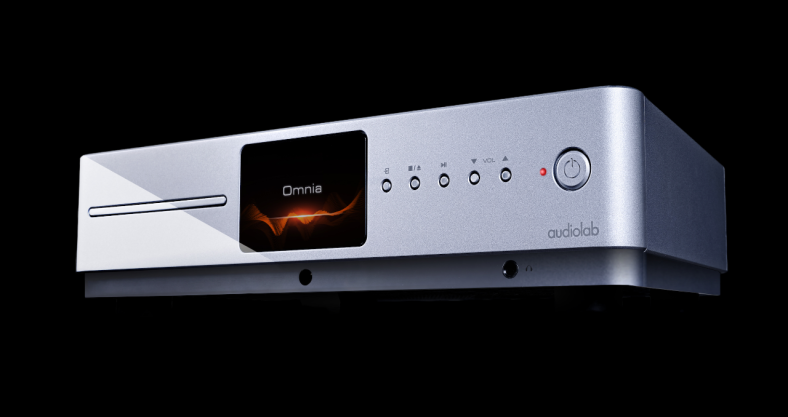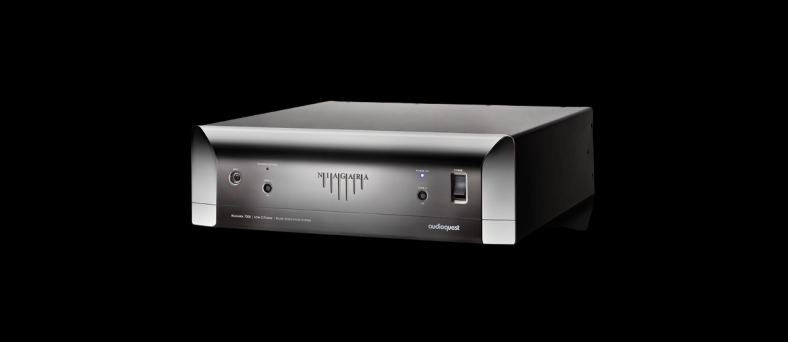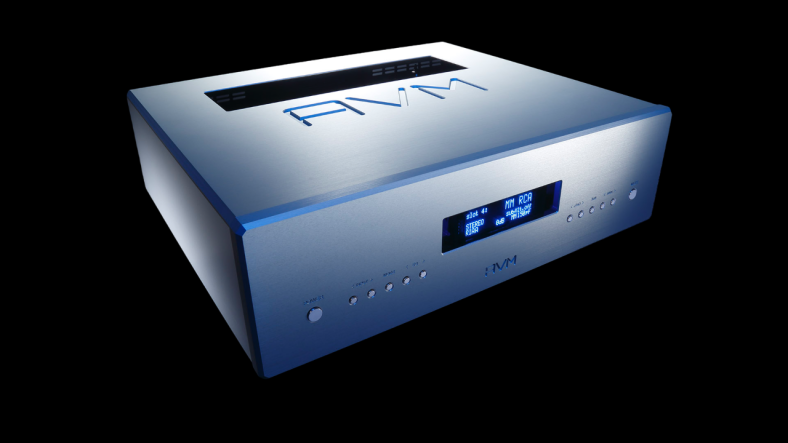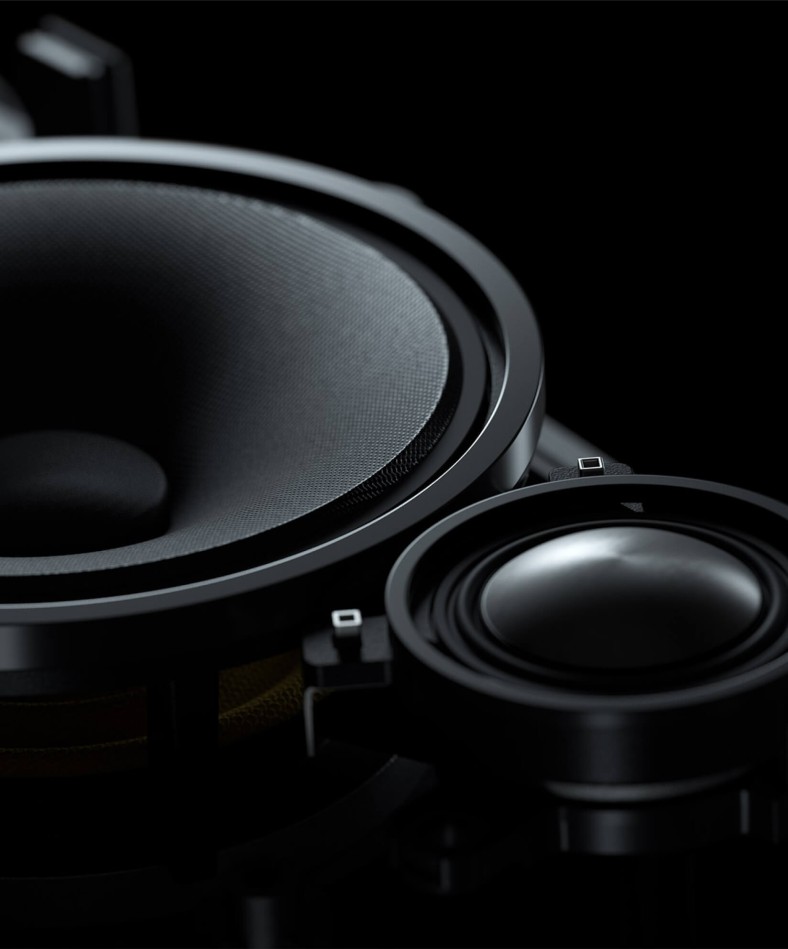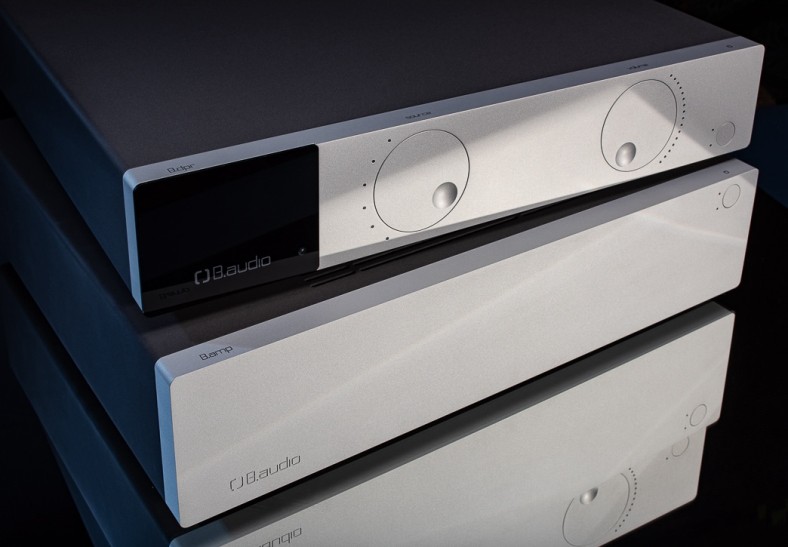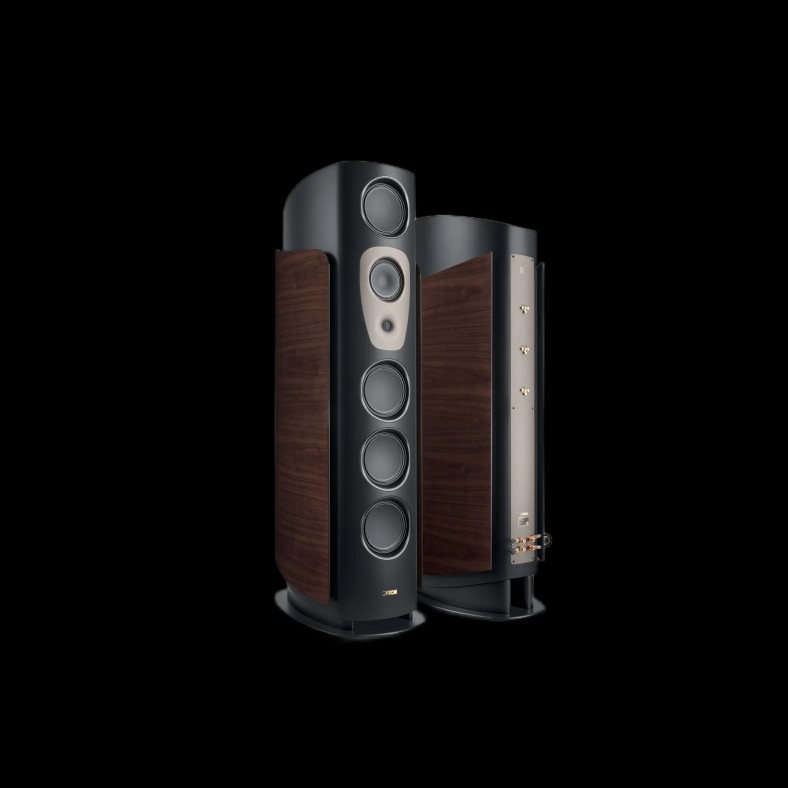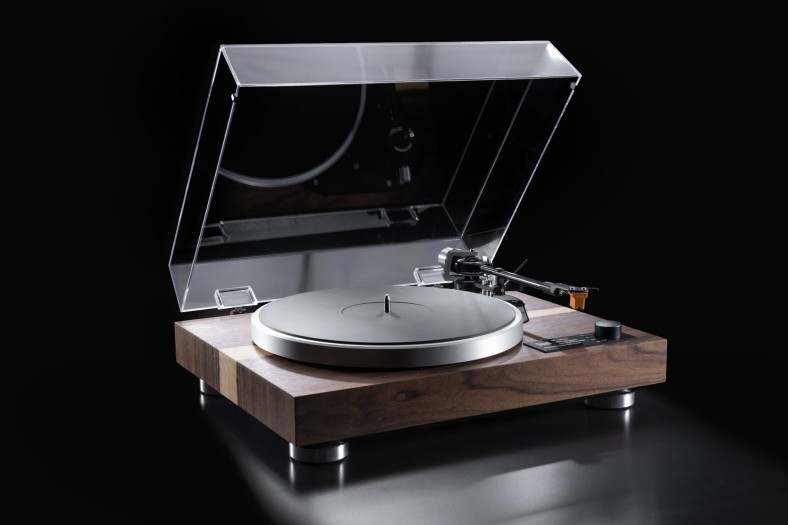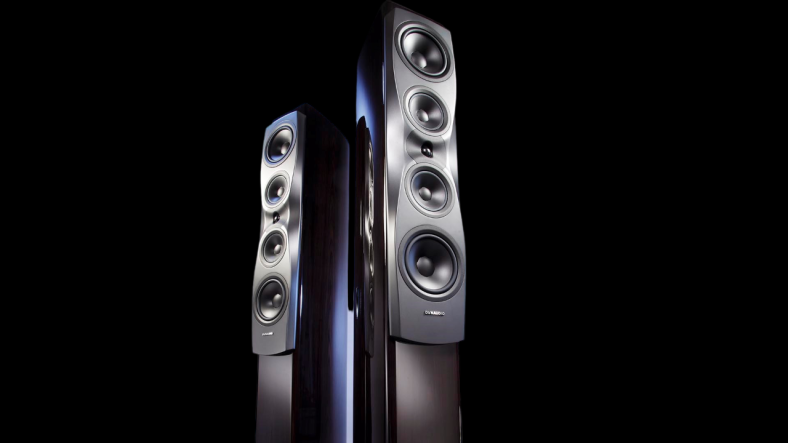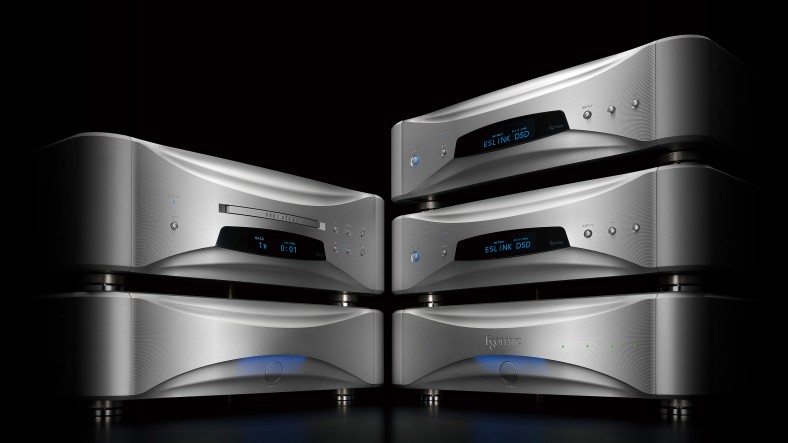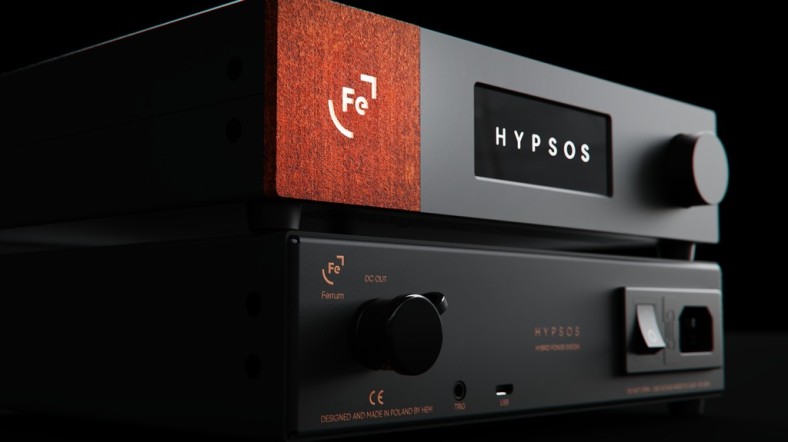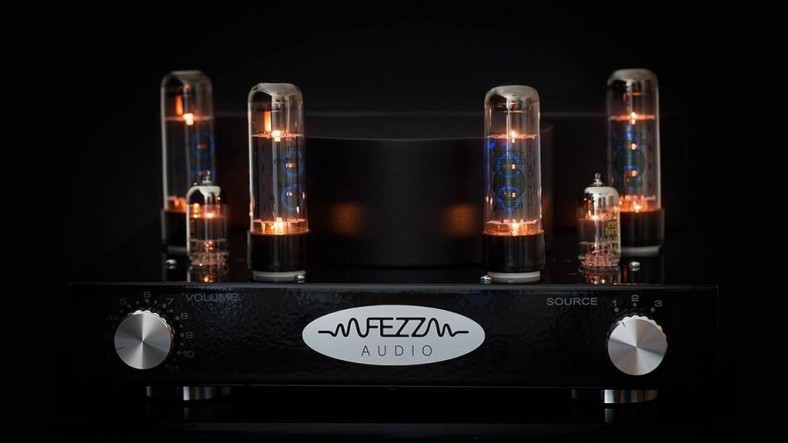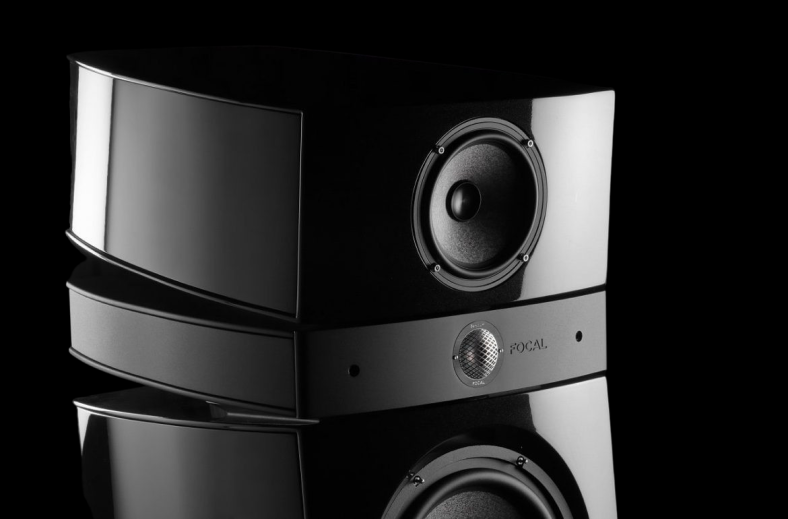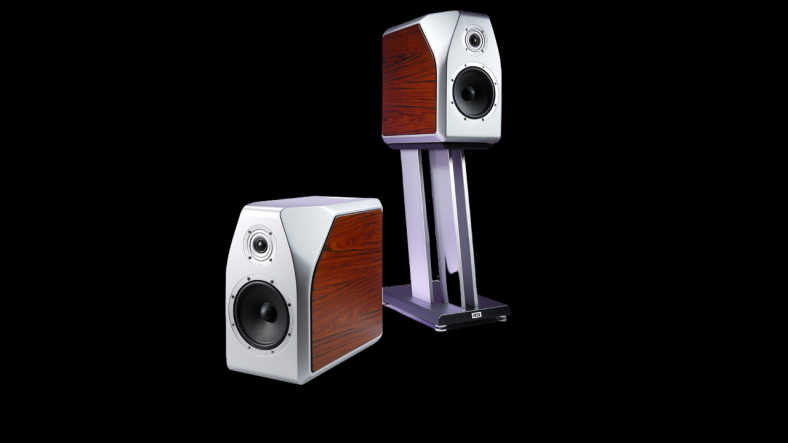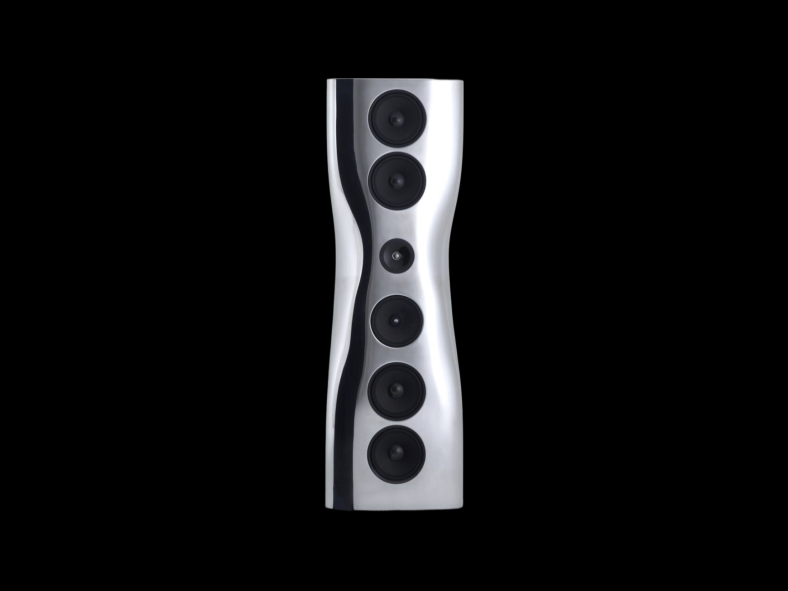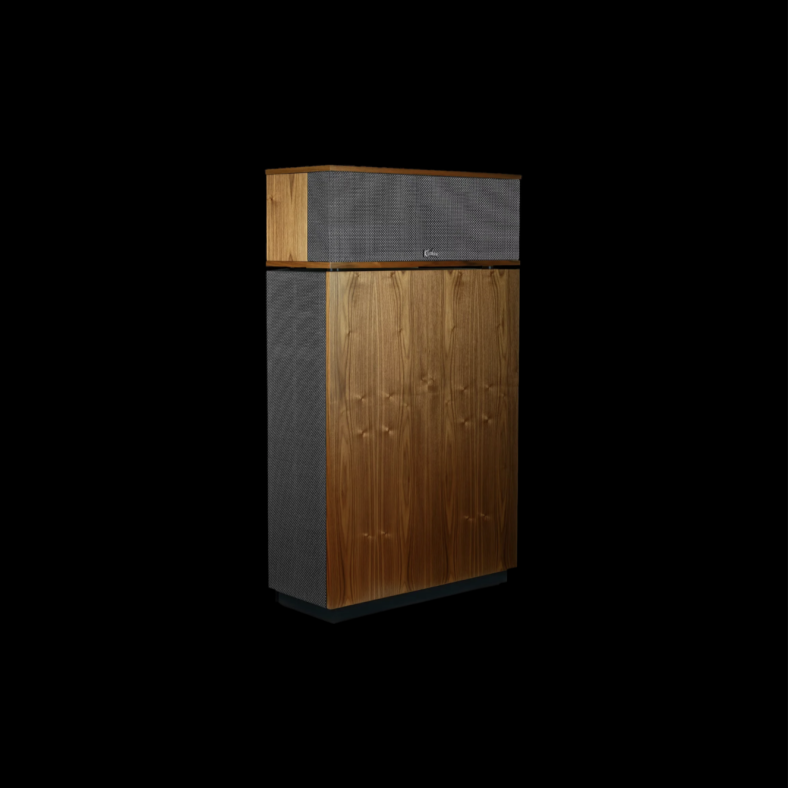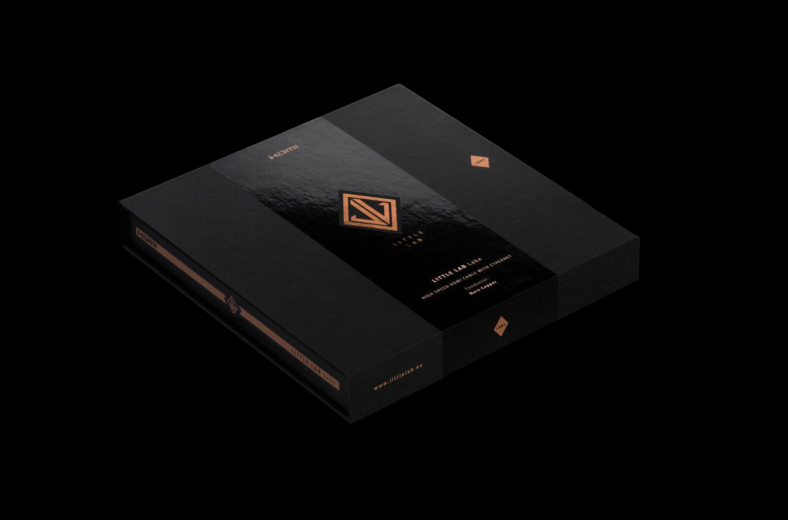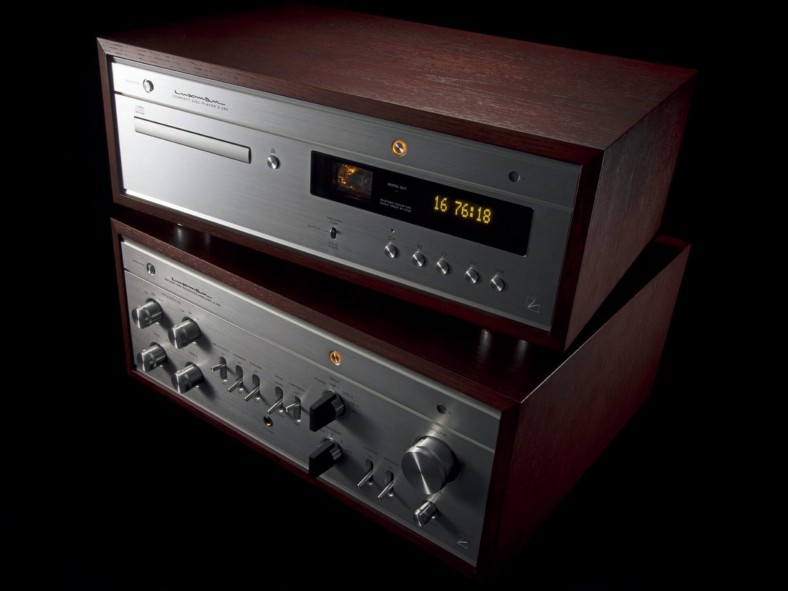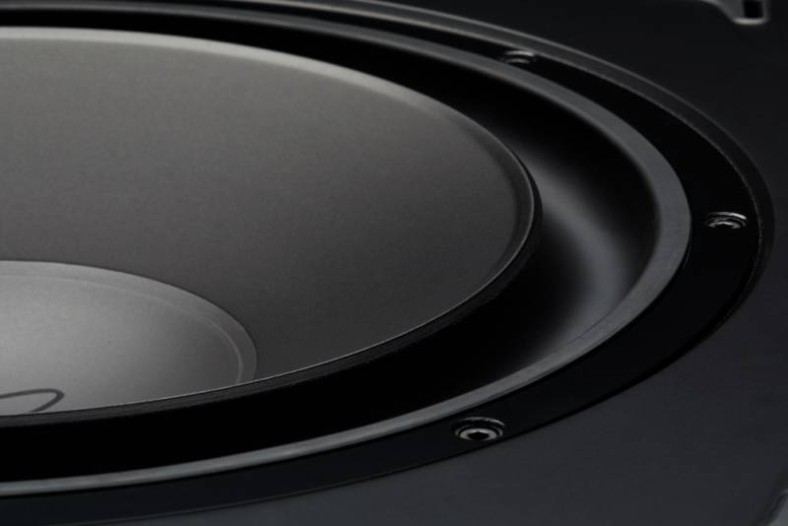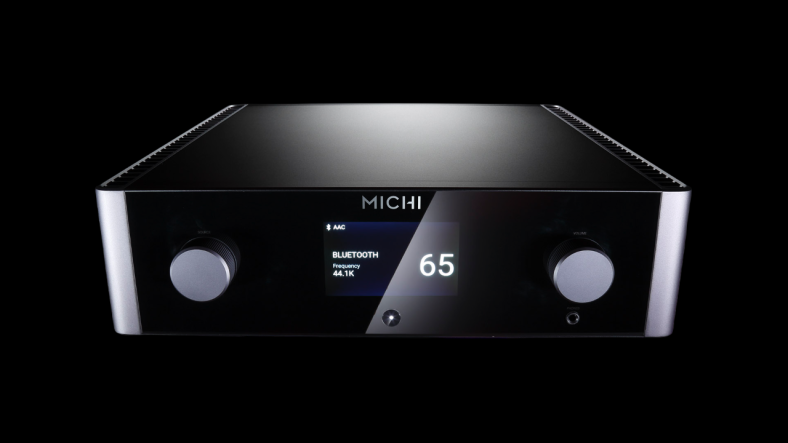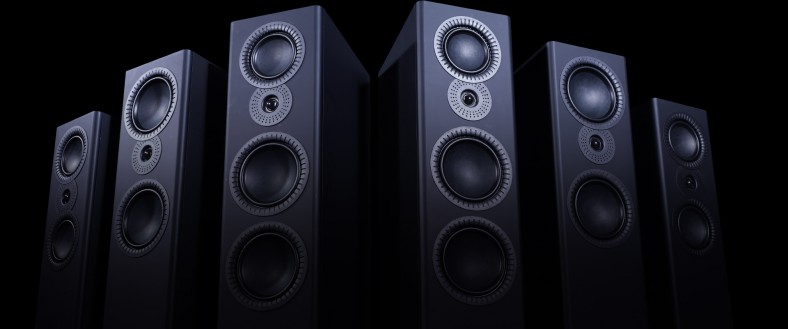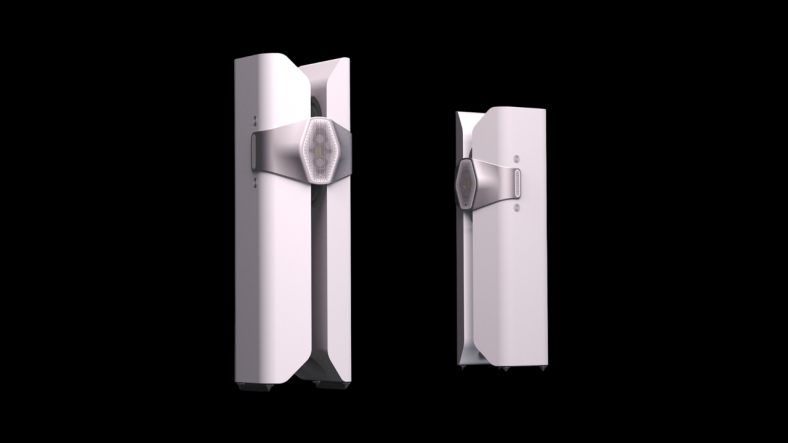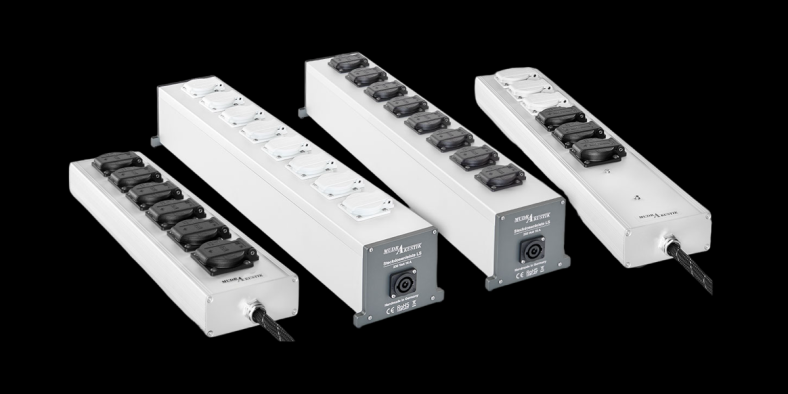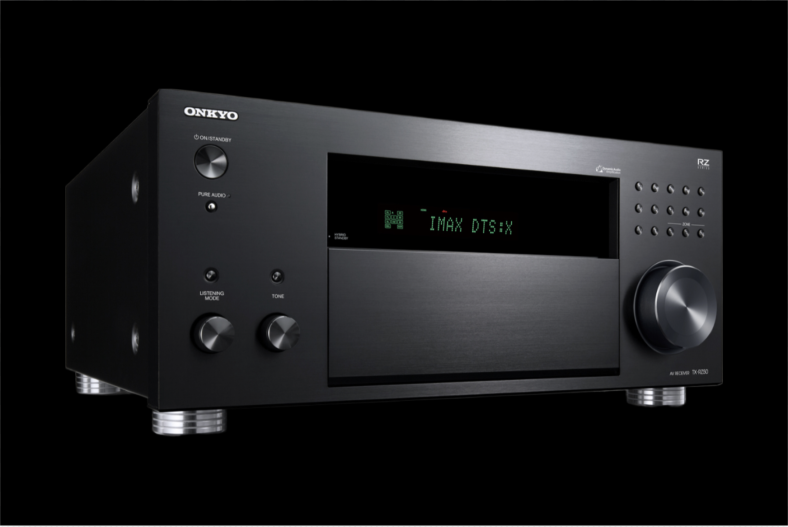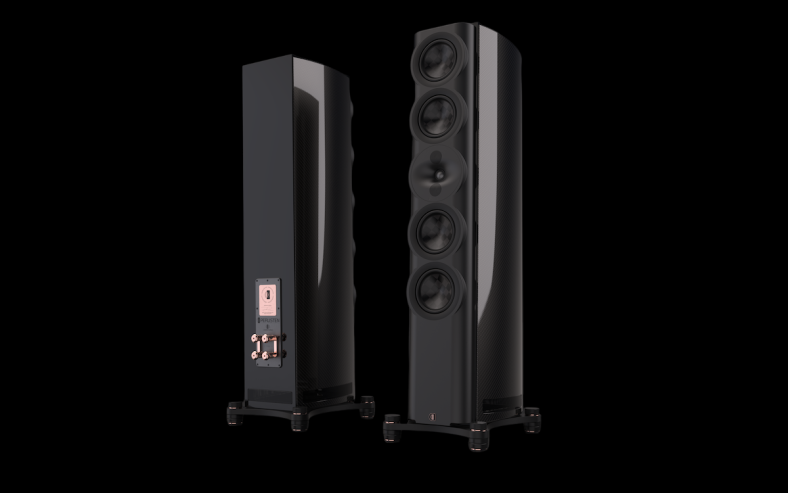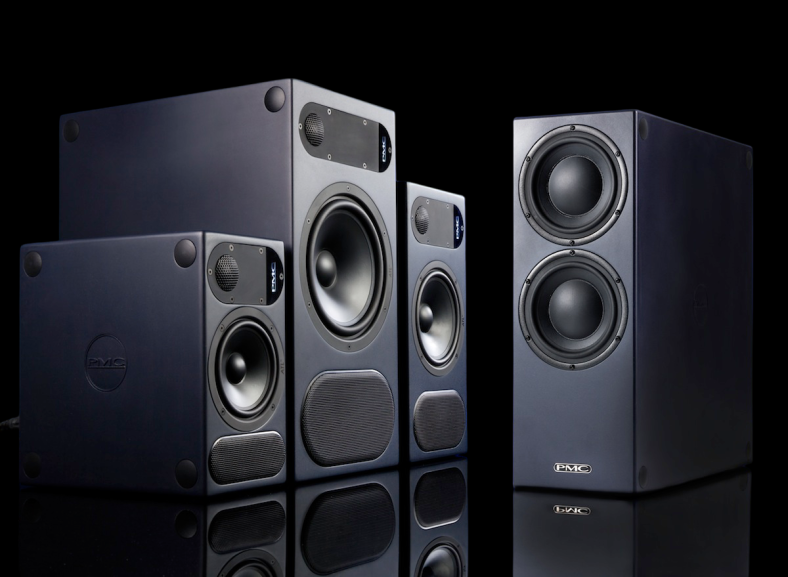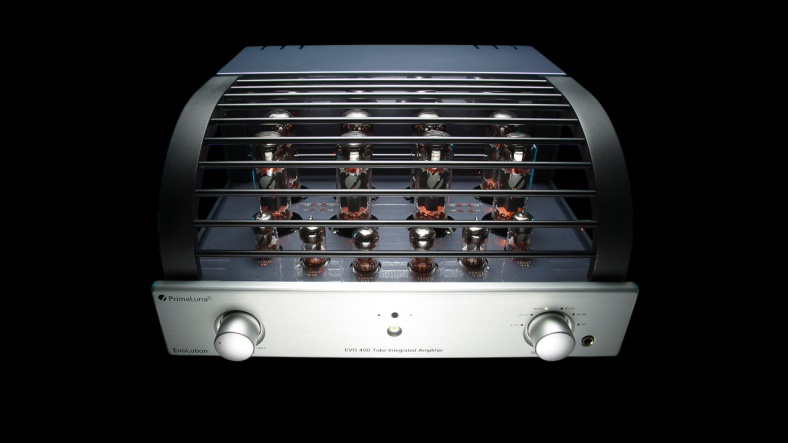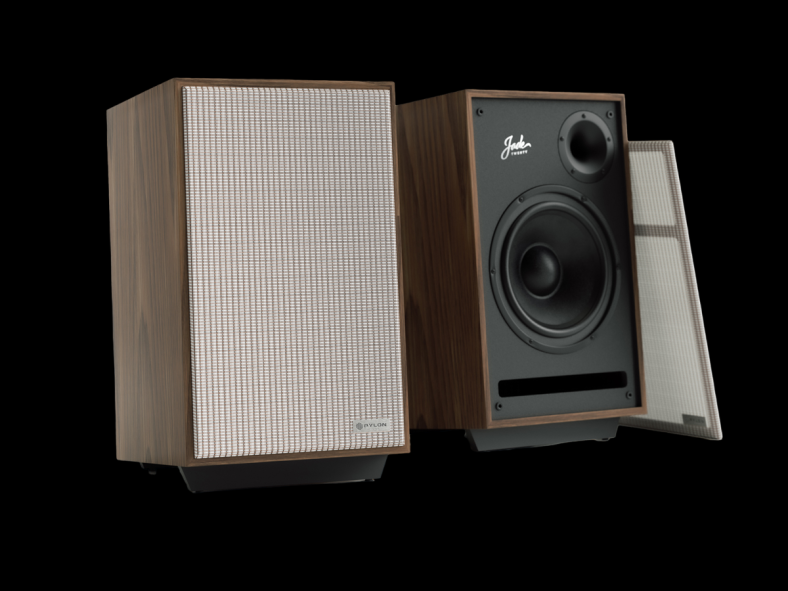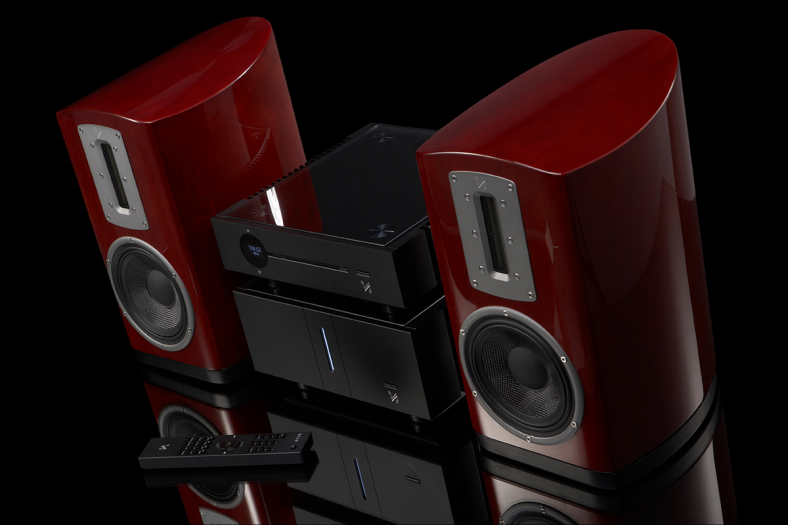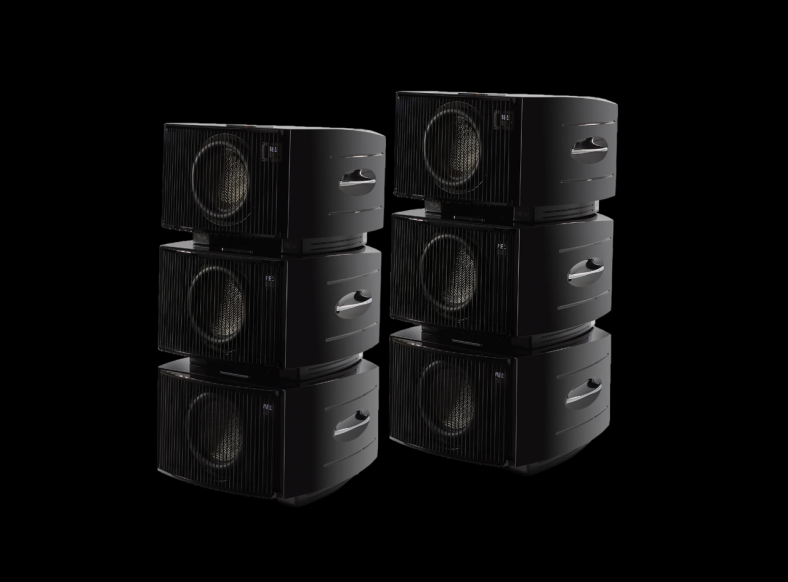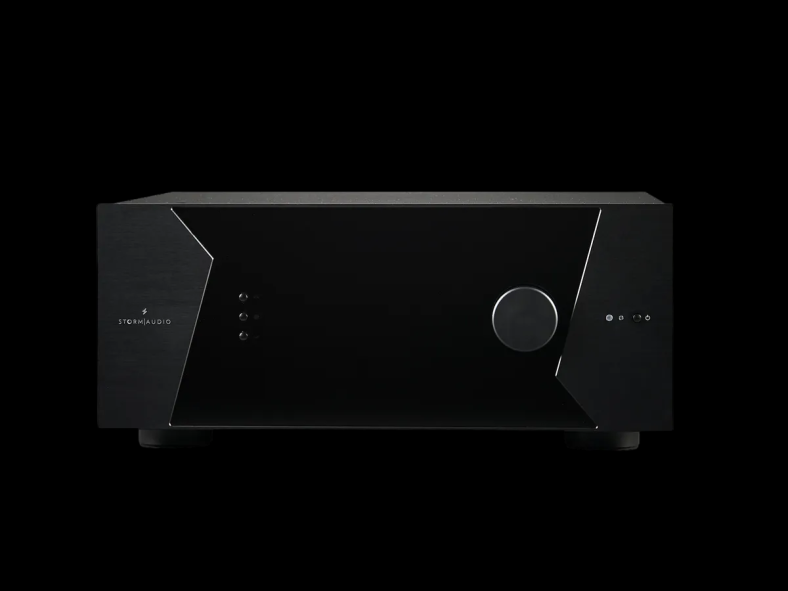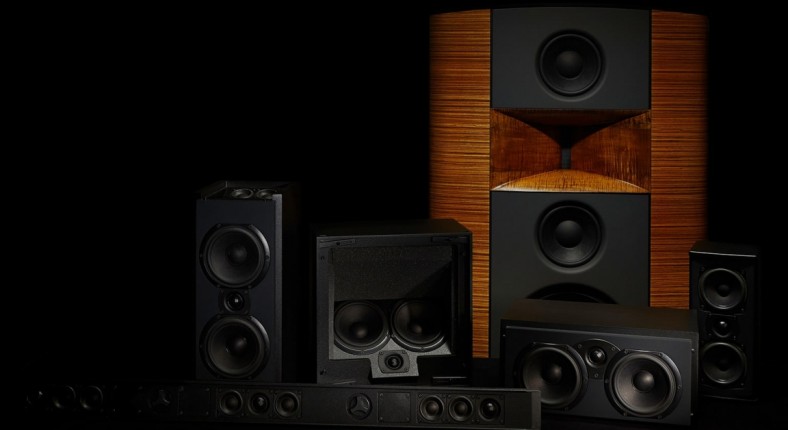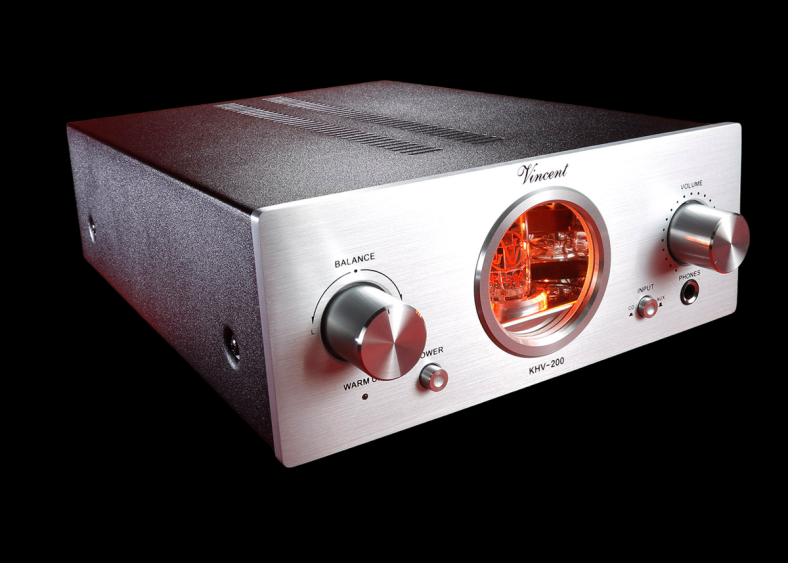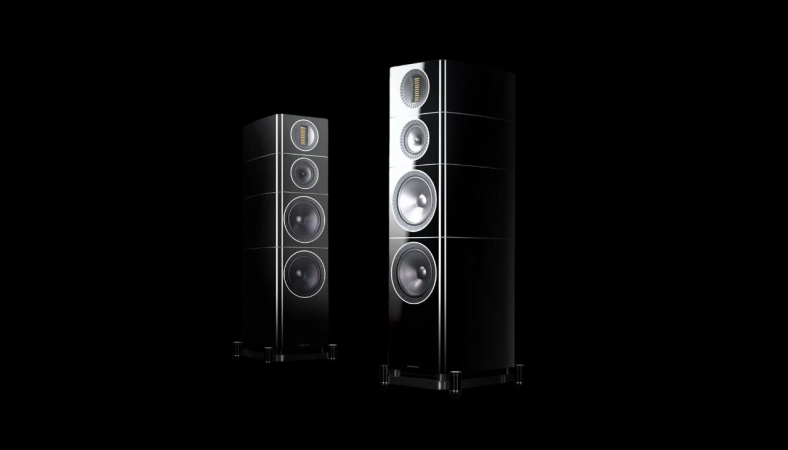At the beginning of the 20th century, American entrepreneur Frederick Whitney Horn, who was importing phonographs and wax cylinders with recordings of classical music, decided to establish his own production in Japan. What pushed him to this decision was the fact that the Japanese government imposed a very heavy tax on imported goods.
The American-Japanese company was named "Nichibei Chikuonki Seizō Kabushiki Gaisha" (Nichi - Japan, Bei - America). The promotion of new products was carried out by a separate division - "Nichibei Phonograph Company".
Key stages in the history of Denon:
1910
A joint stock company was formed and Nichibei was renamed Nippon Chikuonki Shōkai (Japan Recorders Corporation) and Nipponophone Phonograph Company to emphasize the company's Japanese roots in a country with nationalist and imperialist traditions.
After rebranding and merging, the company became Japan's first centralized company for the production and distribution of turntables and records. Until this time, all local music was replicated in the USA and Europe.
Nippon launched a series of phonographs called "Nipponophone No. 25, "Nipponophone No. 32 and a half", "Nipponophone No. 35" and "Nipponophone No. 50", which led to the release of many stars and hit songs.
1915
The company has mastered the production of double-sided records.
1919-1923
By 1919, Horn had handed over control to his colleague J.R. Gary and left Japan. The company grew very actively, absorbing local brands: "Oriental Phonograph Mfg Co." (1919), "Standard Gramophone Co." (1920), "Temoku Gramophone Co." (1921), "Sankōd Menophone" (1922), "Tokyo Record Company" (1923).
1927
35.7% of the shares were acquired by the British-American Columbia Graphophone, one of the oldest record companies in the UK, founded in 1922 through the sale of American Columbia Records, a British branch, to its management.
1928
In January, the companies merged into Nippon Columbia Phonograph Company Ltd, abbreviated as Nippon Columbia. The department was headed by Columbia Graphophone staff.
1934
The Japanese laboratory Denki Onkyo was created.
1935
The Japanese government nationalized part of the company that was located in Japan.
1939
The company became known as Nippon Electric Audio Co., Ltd.
The first disk recorder/player in Japan - "TPR-14-C" - was released, supplied to NHK (Nippon Ho Kyo - Japan Broadcasting Corporation).
1940
A factory dedicated to sound recording equipment has been established in Mitaka.
1944
The company name was changed to "Japan Denki Onkyo Co., Ltd" ("denki" - electricity and "onkyo" - acoustics, sound), abbreviated as Denon.
1945
The legendary 78 rpm record was released with the first recording of Emperor Hirohito's voice and a message of surrender. It was recorded using a Denon "DP-17-K" recorder.
1948
Disc recorder/player "R-23-A" was released as part of NHK's restructuring plan.
There was a revolution in the audio recording market - the largest recording company at that time, Columbia, for the first time released the Long Play (LP) record, designed for a rotation speed of 33⅓ rpm, and at the same time a completely new type of sound recording appeared on the market - recording on magnetic tape.
50-60s
During this period, Denon was increasingly involved in audio equipment for professional and household purposes. We began to produce a wide range of products - reel-to-reel and cassette recorders along with media, vinyl records, stereo sets, radios, televisions, musical instruments and electric calculators.
1951
Denon moved with the times by introducing its first portable tape recorder, the R-26-F, much more convenient for reporting work than disc recorders, which were "portable" at best. "R-26-F" was adopted by NHK.
The first moving coil head (MC - Moving Coil) was released.
1963
Nippon Columbia Co., Ltd. acquires Japan Denki Onkyo Co., Ltd.
The production of disk recording devices ceased completely.
1964
Together with NHK, the company introduced the moving coil cartridge - "DL-103". It went on to become one of the legendary hi-fi products of all time, popular among both broadcast studios and home audio enthusiasts. It is still produced at Denon Shirakawa, Japan, more than 55 years after its introduction. Its technology and high sound quality are the basis of a special cartridge in the "110 Anniversary" line - "DL-A110".
Denon begins selling audio cassettes.
1966
Release of the first headphones "SH-31", with professional users in mind.
1967
The result of cooperation with NHK was the creation of a 13-bit digital path based on a VCR and ADC/DAC manufactured by Analog Devices, originally intended for military radars.
1970
The company introduced its first direct drive turntable for broadcast studios, the DN-302F.
The Denon brand begins to be used for consumer products.
1971
One of the first mass products was the legendary direct drive motor unit for record players - the "DP-5000", to which the buyer could add his own plinth, tonearm and cartridge.
Denon engineer Takeaki Anazawa has achieved digital commercial audio recording for the first time in world history. These were “The World Of Stomu Yamash'ta” and “Something” (Steve Marcus & Jiro Inagaki), released a year later on LP records made using the direct master cutting method. Denon representatives claimed that the result surpassed the recording quality levels of traditional analog tape recorders.
1972
The world's first practical digital recorder, the PCM DN-023R, was developed and the best-selling turntable model, the DP-3000, was released.
The Denon model PCM recorder had 8 channels, and the audio (at a sampling rate of 47.25 kHz) was recorded as a low-frequency signal onto a 2-inch tape of a Shiba (formerly Hitachi) black-and-white VCR with four heads. It was a bulky three-part system—a tape drive, a monitor, and a signal processor—weighing a total of one ton. On such a device it was already possible to edit audio material.
The first recording on the new equipment was a performance of Mozart for string quartets. Later, Nippon Columbia released six more vinyl records recorded using the DN-023R. The recording device itself has also been modified to reduce weight and size. The next version of the recorder "DN-023RA" was already suitable for transportation to field recordings in Europe.
1974
The open-tape reel-to-reel tape recorder "DH-710" was released. It used speed control using magnetic sensors (as in the DP-5000), providing a detonation level inaccessible to traditional belt-driven devices - only 0.025%.
1976
The flagship model with direct drive and quartz stabilization - "DP-7000" - was released. These Denon turntables continue to be highly sought after by vinyl enthusiasts for their great sound and high reliability.
The company launched the "SH-90" headphones with "flat driver" technology - the entire diaphragm moves more evenly, making it flat, which has the advantage of reducing sound distortion and improving response.
1977
Billboard magazine presented Denon with a Trend-Setter Award, recognizing the promise of digital audio recording, and PCM soon found widespread use in the CD market.
1981
The world's first CD player "DN-3000F" was released. It was designed for studio use, equipped with advanced search capabilities and instant launch, which was necessary for broadcast work.
1982
Denon offered a household player "DCD-2000" with vertical disc loading. Subsequent models of Denon players were released with a traditional horizontal CD tray.
1983
A production facility was opened in Shirakawa and the "DCD-1800" using "Super Linear Converter" technology was released. The factory is located north of Tokyo and now produces many Denon models, including the Anniversary 110 series products, which represent the crowning achievement of the company's engineering expertise and skill.
1985
Until this year, Denon's efforts had been focused on recording and playing music in stereo, but that all changed with the release of its first AV receiver, the AVC-500.
At the time, the market reigned supreme for VHS tapes with stereo sound, but the "AVC-500" had what was called a "surround sound feature for adding ambience to stereo." Denon Surround technology was a complete surround sound system using the rear channels through an additional amplifier and a 30ms time delay applied to the rear channels to create volume and a sense of presence in a hall or theater. This was another revolution in the world of audio.
1988
"AVC-2000" was released with "Dolby Pro-Logic Surround" sound.
1990
The company releases the first digital player in the Digital Audio Tape (DAT) format - "DTR-2000G"
1991
The legendary combination of surround sound components has seen the light of day - the Denon "AVP-5000" processor and the Denon "POA-5000" multi-channel power amplifier.
1993
The appearance of the flagship series "S1" (the letter S means "sensitive") made it possible to introduce a large number of technologies - UHC (Ultra High Current) Single-Push-Pull-Circuit (push-pull circuit using high-current field-effect transistors) and "Direct Mechanical Ground Construction", which and are now used in the company's models. Models in the "S1" line included the "DP-S1" CD transport and the "DA-S1" external digital-to-analog converter, featuring Denon Alpha Processing technology designed to reproduce more analogue sound than conventional digital sources. Amplification was provided by a "PRA-S1" preamplifier and two "POA-S1" monoblocks. New technologies and solutions of the "S1" series also affected the "DL-S1" pickup and the associated "AU-S1" phono stage.
1995
Denon released the "AVP-A1" preamp and "POA-T2/T3" power amplifiers, the world's first home AV components to support Dolby Digital decoding with Lucasfilm THX 5.1.
2000
Release of the first receiver with HDMI, Audyssey and network capabilities - "AVR-5805CI".
2001
98% of Denon shares passed from the debt-ridden Nippon Columbia to the control of the American investment holding Ripplewood Holdings, and 2% of the shares remained with Hitachi, which no longer had the ability to operationally manage its affairs. The deal between Ripplewood and Nippon Columbia was worth $49 million. At the same time, at the time of the sale, Denon had assets of 186 million and a debt of 82 million.
2002
The Denon brand, together with the Marantz company, was moved into the new D+M holding, which then included other hi-fi names - in particular, Boston Acoustics and McIntosh. 68.6% of D+M shares were owned by Ripplewood, and 14.7% were owned by Philips, the previous owner of Marantz.
2008
The uncompromising quality Denon AV processor "AVP-A1HD" and the Denon power amplifier "POA-A1HD" appeared - this time offering ten channels of amplification and an absolute level of sound quality.
Sales of Denon's flagship headphones "AH-D7000" have started. They were a big hit on the market and had a wooden body (sounded better in terms of warmth and emotion).
2009
The world's first universal Blu-ray player supporting BD, DVD, SACD and CD - "DVD-A1UD" - was released.
2010
Denon celebrates a "Legacy of Firsts" on its 100th anniversary.
2014
The world's first AV receiver with Dolby Atmos support has been released.
Multi-room, streaming audio platform HEOS® launched
The Denon Professional, Marantz Professional and Denon DJ divisions were spun off and sold from D&M. The buyer was the Florida company inMusic, which also owns Numark, Akai and Alesis.
2015
HEOS® brings the multi-room mobile phone to life for the first time with HEOS® 1 and Go Pack
2016
Denon "AH-D7200" was released to commemorate the 50th anniversary of the production of the first headphones. They are made from American walnut, which provides a warmer sound and a wider soundstage.
2017
Japan's first AV receiver, Auro-3D, was released.
The D+M holding was sold to the American concern Sound United, whose portfolio already included the acoustic brands Polk Audio and Definitive Technology. Terms of the deal were not disclosed.
2018
Denon presented the world's first 13.2-channel home AV receiver "AVR-X8500H", equipped with full functionality - from Atmos decoders to proprietary HEOS multiroom.
We have released new flagship headphones “AH-D9200”. They are made from Moso bamboo from Kochi Prefecture, a material that provides much more information and spatial expression.
2019
The HEOS® streaming platform now supports HD digital audio streams.
2020
Denon launches world's first 8K AV receiver.
Denon today
Denon continues to introduce new technologies into products for home users. The latest products support high-resolution audio streaming and all possible surround sound formats - Dolby Atmos, DTS:X and Auro 3D. All of them are created to immerse listeners in the world of their favorite music and films. Modern Denon AV receivers offer up to 15 channels of surround sound and 8K video.
The company believes that music can bring the whole family together and suggests that this pleasure should not be limited to one room. Its HEOS networked multi-room technology delivers audio throughout the home, with access to music and streaming services via mobile phones and other HEOS-equipped audio components. The free HEOS smartphone app lets you set up and control wireless speakers in any room in your home. An AV receiver, turntable, soundbar or mini system can all be combined into a single HEOS Hi-Fi music system. It is truly a home audio center for the whole family, but more modern and sophisticated than 110 years ago.
As a century's worth of history demonstrates, Denon's mission has always been to create products that combine the highest standards of sound quality and reliability to capture the passion and energy captured in music and film, the emotion and vision of musicians and filmmakers. The company's engineers are constantly introducing innovations that change the present, and believe that new technologies and new breakthroughs await us ahead. With a spirit of innovation, Denon is moving into the future.
